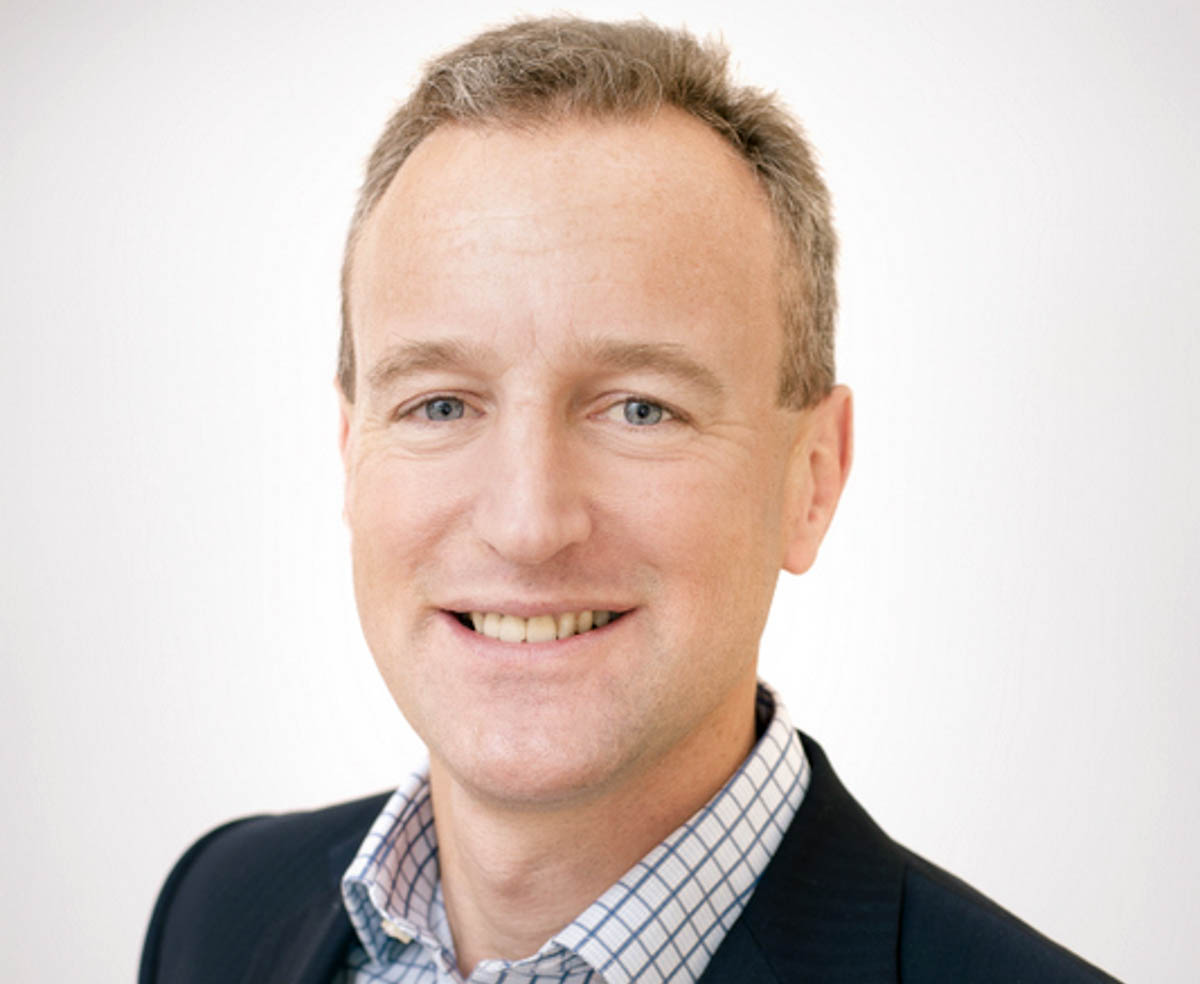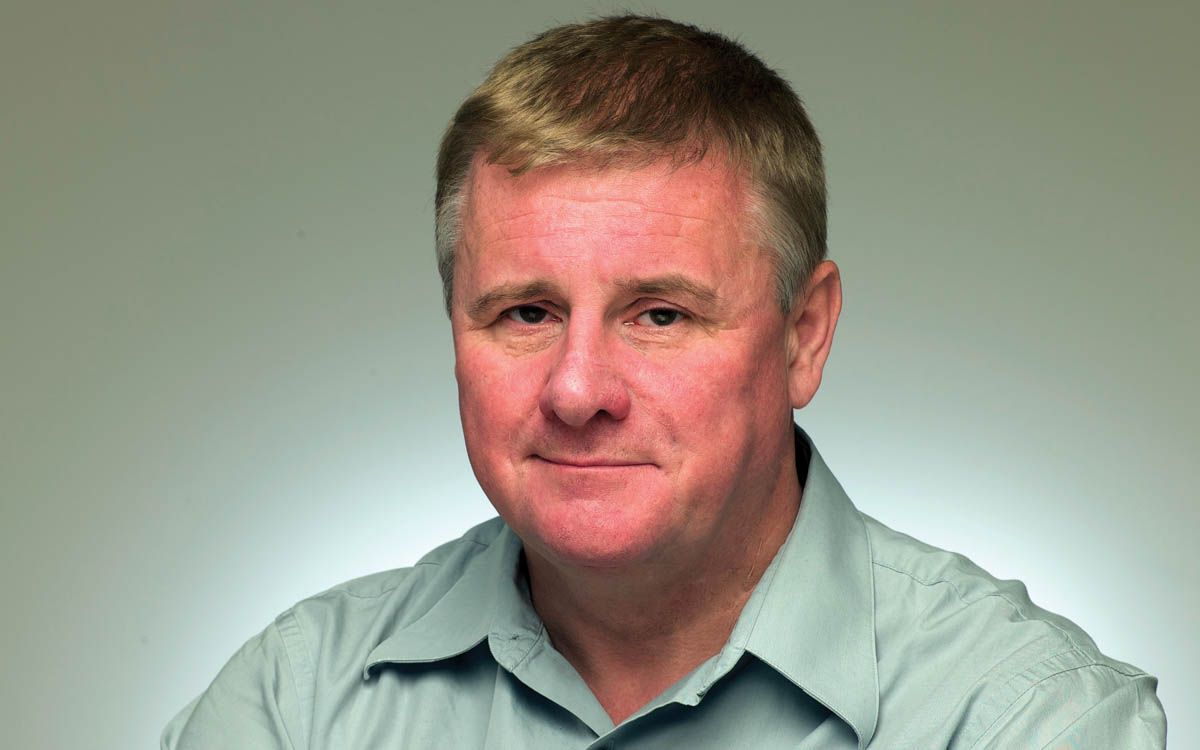 Western Australia has, so far, been relatively isolated from the COVID-19 pandemic, allowing clinicians and researchers time to prepare for what could come, while also offering the opportunity to push for a collective, world-first research effort to understand the virus.
Western Australia has, so far, been relatively isolated from the COVID-19 pandemic, allowing clinicians and researchers time to prepare for what could come, while also offering the opportunity to push for a collective, world-first research effort to understand the virus.
With no definitive treatment and a vaccine being projected to be anywhere from 18 months to years away, the best defence is risk mitigation, particularly through an understanding of how the virus establishes itself in hosts. There has been substantial variation in susceptibility of impact with some cases experiencing little or no apparent effect while other cases have been fatal.
By understanding these individual variations, researchers hope to develop effective treatments and vaccines for COVID-19 and also help in preparing for another coronavirus pandemic.
The clinical and research response, organised by the WA Health Translation Network (WAHTN), comprises six major research institutes, five universities, public and private hospitals, the WA Department of Health and PathWest.
Part of the response is the WA COVID Research Response (CRR), which proposes “a harmonised platform of integrated research to clinical care … bringing together researchers, scientists and clinical trial teams under the WAHTN as ‘one voice’ in collaboration.”
The immediate core objective is to build a platform for real-time accurate patient data supported by biological samples that can be relayed in a de-identified manner for all researchers and scientists.
Such a multidisciplinary, multi-institutional clinical and research response demonstrates the capability of translation networks to leverage tangible outcomes.
According to WAHTN executive director Professor Gary Geelhoed, although his organisation may be the fulcrum around which the response revolves, it is the collegiality of the clinicians and researchers to be so open and collaborative in such a short period of time that has made the response in WA so unique.

“With the advent of the COVID-19 crisis, we were a rallying point to bring together all the research and researchers with weekly meetings including as many as 50 researchers and representatives from all of the groups involved,” Prof Geelhoed said.
WA was well positioned to respond as the population was large enough to provide meaningful data, while the medical and research community was small enough to be well connected and collaborative.
Building on blocks
Part of the response will support existing trials, including one that is specifically designed to anticipate pandemics, with Prof Geelhoed emphasising the global REMAP-CAP trial that is currently being run in 13 countries and in more than 50 research hospitals, including Royal Perth Hospital.
REMAP-CAP is a randomised controlled trial of different treatment modalities for patients in intensive care due to community-acquired pneumonia. It is unique as is an adaptively designed trial where the treatment interventions are simultaneous rather than sequential as usually found in traditionally designed trials, allowing clinicians to continuously adapt optimal treatments based on real-time data.
Although the REMAP-CAP trial was initially focused on community-acquired pneumonia, it has been adapted to include COVID-19 domains and has since been named as a key clinical trial for COVID-19 by the Chief Medical Officer in the United Kingdom.
“Much of our effort is to ensure this trial is supported completely and also rolled out to other hospitals as a matter of equity. There are promising treatments that may help and these trials will allow people access to these potentially effective or even lifesaving treatments. So, while we are talking about research, there is a very practical clinical application,” Prof Geelhoed said.
While an existing trial such as REMAP-CAP could provide clinicians with new treatment modalities, so too could new trials, specifically designed for COVID-19.
“If we see trials very early on that tick all of the boxes, in the sense that the group has the capability to do it and there is an immediate impact, we will move to fund them as early as we can,” he said.
The WA Government has provided $3 million for COVID-19 research and has also moved the Guardianship and Administration Amendment (Medical Research) Bill, which will allow researchers to include incapacitated adults in research – meaning the most critically ill individuals without the capacity to consent can now be included in potentially life-saving trials, with the consent from a guardian or next of kin.
Follow the data
The first pre-clinical phase of the WA COVID Research Response (CRR) will focus on data and bio-specimen collection required for REMAP-CAP and future clinical trials. The Department of Health’s REDCAP database was configured to interoperate with a bespoke system called the Clinical Data and Analytics Platform (CDAP), which is based on the World Health Organisation’s (WHO) International Severe Acute Respiratory and Emerging Infection Consortium (ISARIC) rapid response protocol for clinical trials: the Severe Acute Respiratory Infection (SARI) database.
The SARI database was developed in expectation of the COVID-19 pandemic and is currently in use in more than a thousand hospitals imputing COVID-19 data.
To get this far, so quickly and effectively, has taken a mammoth effort from everyone involved, says the co-lead of the CRR, Professor Toby Richards from the University of Western Australia and Fiona Stanley Hospital, who specialises in designing clinical trials.

“Western Australia has watched what’s happened in Europe and, luckily, over the past month, we have been able to put together a cohesive response to enable high quality research to investigate potential treatments and cures,” Prof Richards said.
An adaptive clinical trial, such as REMAP-CAP, was beneficial in a pandemic scenario as the real-time findings could provide clinicians with adaptable treatment modalities, depending on individual’s responsiveness to interventions, he said.
An example of how an adaptive clinical trial in this situation could be represented by a wedge or a cluster randomisation, comparing treatments between hospitals, rather than the traditional approach of group selection and randomisation.
“This is an opportunity where patients can help doctors. If we’ve got a choice of two drugs and we don’t know which is the best treatment, then some patients may be offered inclusion into one drug trial and another group of patients offered the other. We can work out what the best treatment is over the course of these patients’ admission ready for the next group of patients to present.”
Prof Richards is keen to emphasise the CRR will be complementary to frontline clinicians’ workflow with COVID-19 cases.
“The secret of research is not to hide it, rather it’s to ensure that it’s so easy to do that everyone prefers to do it,” he said.
“We’re working closely with emergency department physicians to help them design a template and a workflow that incorporates the research and actually makes their life easier. At the same time, we’re collecting data for the WHO [SARI] database and contributing that data to other Australian and international databases.”
Despite the WA Government COVID-19 research funding, Prof Richards said it will only go so far and more state, federal and private funding of the CRR is needed.
“We’re running on coffee fumes, love and dedication at the moment, At the very least, we need some baked beans to feed the staff,” he said.
“Many people are involved working round the clock. There’s a lot of people giving an awful lot of time above and beyond for this.”
While WA has, so far, avoided COVID-19 cases inundating hospitals, Prof Richards sees this as an opportunity to be ready for whatever the pandemic may bring, even if this means going beyond what is ultimately required.
“Are we doing the right thing here? Should we invest in it? Should we be setting up clinical data and biological sampling as a platform? The answer is overwhelmingly yes. Should we be setting up head-to-head trials of drugs? The answer is yes.”
One of the proposed trials is the Australasian COVID-19 Trial (ASCOT), which could potentially assess pharmaceutical interventions such as lopinavir/ritonavir and/or hydroxychloroquine efficacy in clinical, virological and immunological outcomes in cases of COVID-19.
As for patients who may be reticent to participate in an experimental trial such as the CRR, Prof Richards is keen to stress they will not only be assisting clinicians and researchers in understanding COVID-19, they will also be guaranteed access to the best, most cutting-edge treatments.
“They may or may not work, but a lot of thought has gone into the reason why we’re trialling them,” he said.
“If a patient is in trouble, the quality of care and the attention to detail is unsurpassed. And importantly, money spent on clinical research is money well spent because it’s normally rewarded four to fivefold more back to society.”
Clues for the cure
With the data and bio-specimen collection underway, the next phase is to study the samples stored in the recently activated biobank at the Fiona Stanley Hospital Campus.
Since 2018, WAHTN has been working towards the formation of a centralised and standardised biobank framework in WA. However, the emergence of COVID-19 has expedited this program with the first freezers being turned on at Harry Perkins Institute of Medical Research.
Biobanks are essentially bio-repositories equipped to store and process bio-specimens, such as DNA and blood samples, to enhance and advance health and medical research.
One of the organisations that has focused its efforts on COVID-19 is the Australian National Phenome Centre (ANPC), led by Professor Jeremy Nicholson, Pro-Vice Chancellor for Health Sciences at Murdoch University.

According to Prof Nicholson, the ANPC is focusing on predicting who is most susceptible to being acutely affected by COVID-19 and identifying who will be a good or a bad responder to drug trials, providing researchers and clinicians with real-time evidence of what is and isn’t effective so they can adapt their treatment strategies.
The ANPC intends to analyse biobank specimens for biomarkers that help stratify patients and subtypes to assist in choosing the most appropriate therapy – a type of prognostic modelling in a clinical trial situation.
“The ultimate aim is to make almost real-time, multivariate metabolic analysis with feedback to doctors on the ward, advising what is working and what is not. COVID-19 will challenge us in different ways as an epidemiological scale problem, but we also have a patient. The clinical meets epidemiological in a way that we haven’t seen before,” Prof Nicholson said.
Individual differences
With so many unknowns surrounding COVID-19, the analysis conducted at ANPC could lead to a deeper understanding of the individual differences in cases, such as if previous exposure to a coronavirus is protective or harmful.
Although certain risk-factors, such as older-age groups and co-morbidities, are rightly being disseminated as part of the public health messaging, these are speculative causal relationships, which is what the CRR researchers, Prof Nicholson and the ANPC hope to decipher.
These risk-factors could be caused by myriad possibilities, according to Prof Nicholson.
“Some may relate to genetics; some duration in relation to previous immunological competencies and exposures; some will obviously be relevant to underlying physiological fitness and co-morbidities.
“You could argue that the social conditions in places such as Italy, where young people live with their older relatives, is a big potential exposure factor for older relatives, which is one of the reasons why it might have spread much faster. Every country is going to have a different demographic, genetic and microbiological backgrounds.
Prof Nicholson explained how microbiome variation could potentially be a component leading to susceptibility and ultimately the potential for recovery.
“Symbiotic bacteria do a lot of good things for us. We vary hugely in our microbiome compositions. With 90% of our immune cells in the gut lining, the microbiome tunes our immunological status.
“Given that, when you die of this disease, you die in a sort of cytokine storm where all the immunological signals are going crazy, it would be surprising to me if [microbiome variation] didn’t have some effect.
“The important thing to understand is the variance of proportion. What’s the biggest contribution to variation? Is it genetic? Is it microbiological? Is it previous [exposure]? Is it social?
“This is quite a challenge of the traditional analytical understanding of human biology as well as actually generating something that’s useful to medicine.”

